
Monocrystalline solar panels: why use them?
Monocrystalline solar panels, however, offer several benefits that make them a popular choice. They are energy efficient, long-lasting, conserve space, produce more electricity, are easy to install and come with an iron-clad warranty.
READ MORE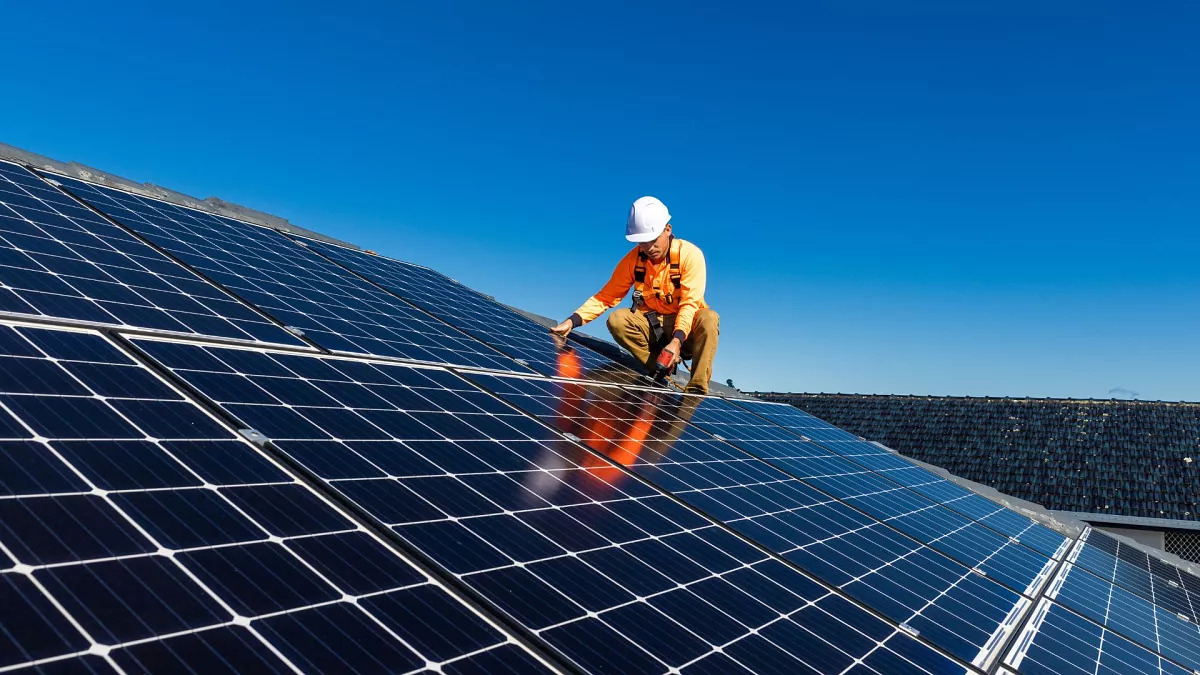
How Long Do Monocrystalline Solar Panels Last?
Key takeaways. Solar panels generally last for 25 to 30 years. Solar panels slowly degrade, resulting in less and less electricity production over time. Solar panels can produce power after 25 to 30 years but at a significantly lower rate than their original output.
READ MORE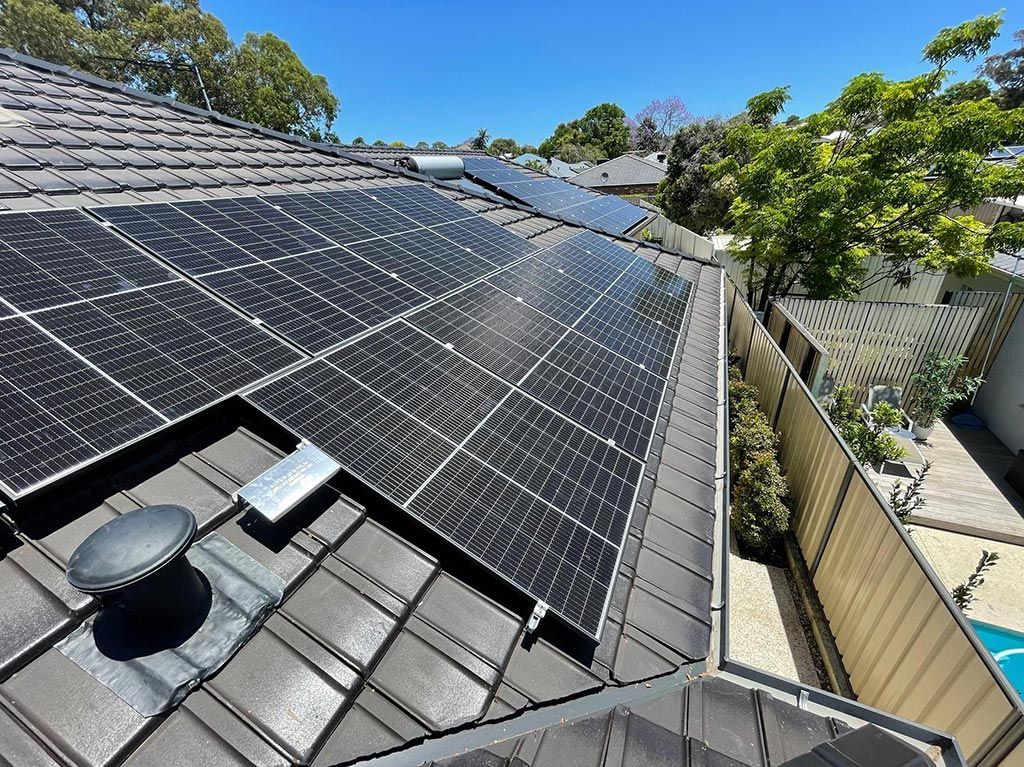
Monocrystalline Solar Panel Efficiency: What to Expect
How much sunlight solar panels can turn into electricity. Because conditions for solar panels are never perfect, they will never be 100% efficient. In fact, most residential panels have an efficiency of around 20%. Panels with 40% to 50% efficiency are available, but tend to be prohibitively expensive.
READ MORE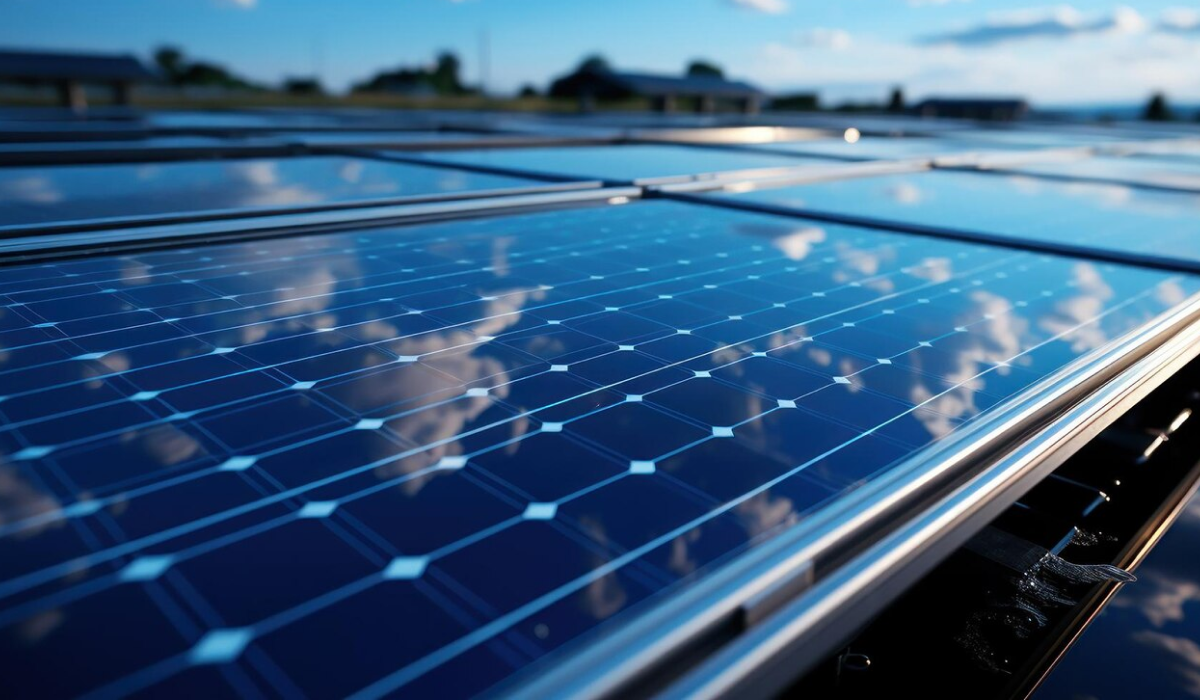
Why Monocrystalline Solar Panels Are the Perfect Choice
Monocrystalline panels are generally better due to higher efficiency, space efficiency, sleek appearance, and better performance in low light. However, polycrystalline panels offer cost-effectiveness and reasonable efficiency, making the choice depend on specific needs and budget considerations.
READ MORE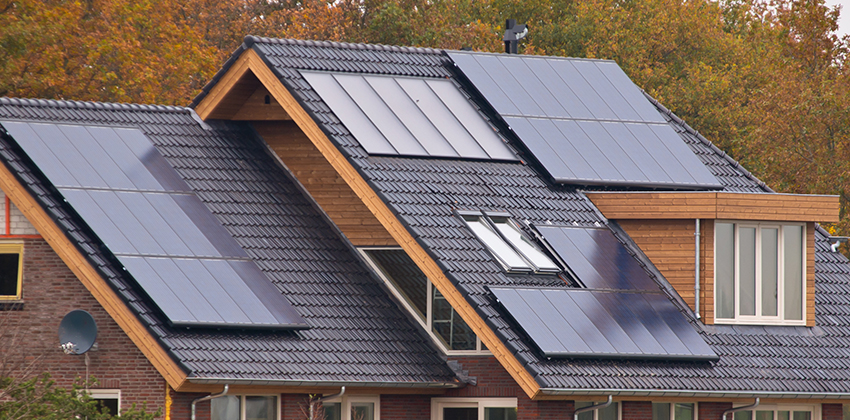
What Are Monocrystalline Solar Panels
Monocrystalline PV panels are made from a single piece of silicon, therefore making it easier for electricity to flow through. They have a pyramid cell pattern which offers a larger surface area enabling monocrystalline PV panels to collect a greater amount of energy from the sun's rays.
READ MORE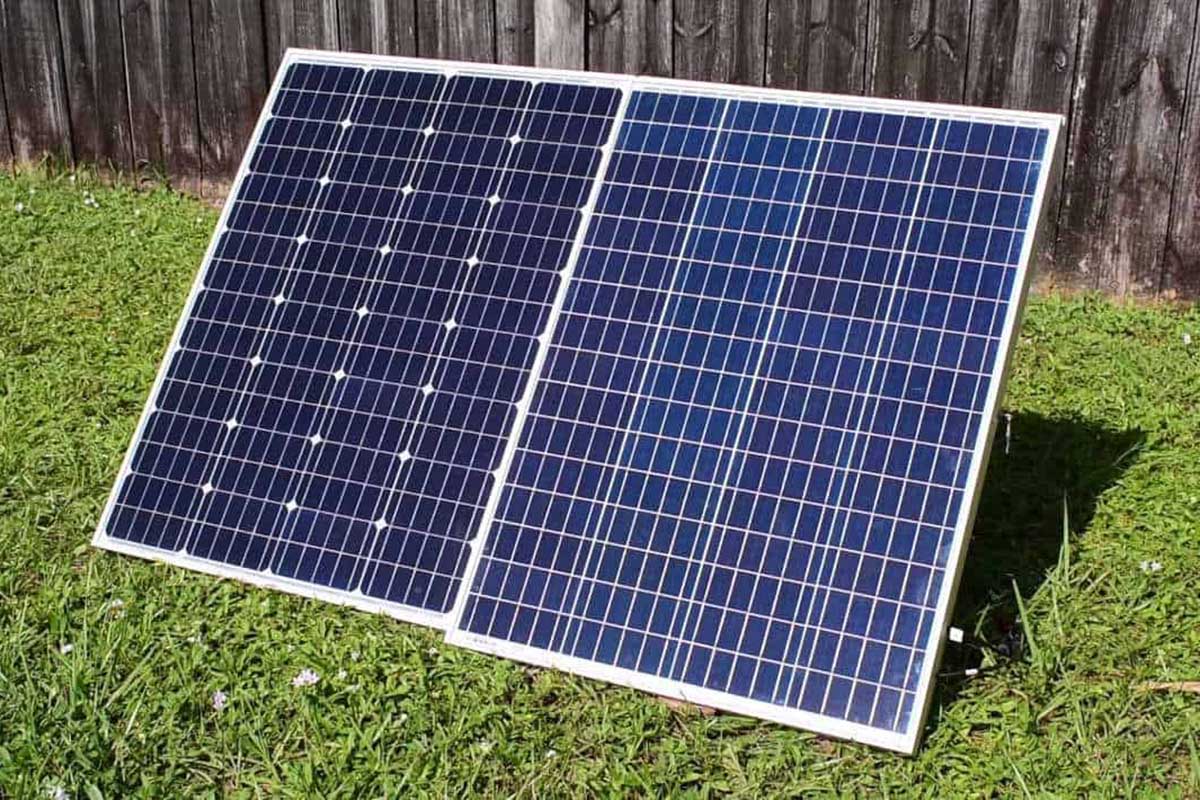
Everything You Need to Know About Monocrystalline Solar Panel
Monocrystalline solar panels are made of high-grade silicon crystals. They're also known as single crystalline panels and each has a deep black distinctive look with cut edges. Each panel contains 60 or 72 solar cells, depending on their size. However, 60-cell panels tend to be used for most residential installations.
READ MORE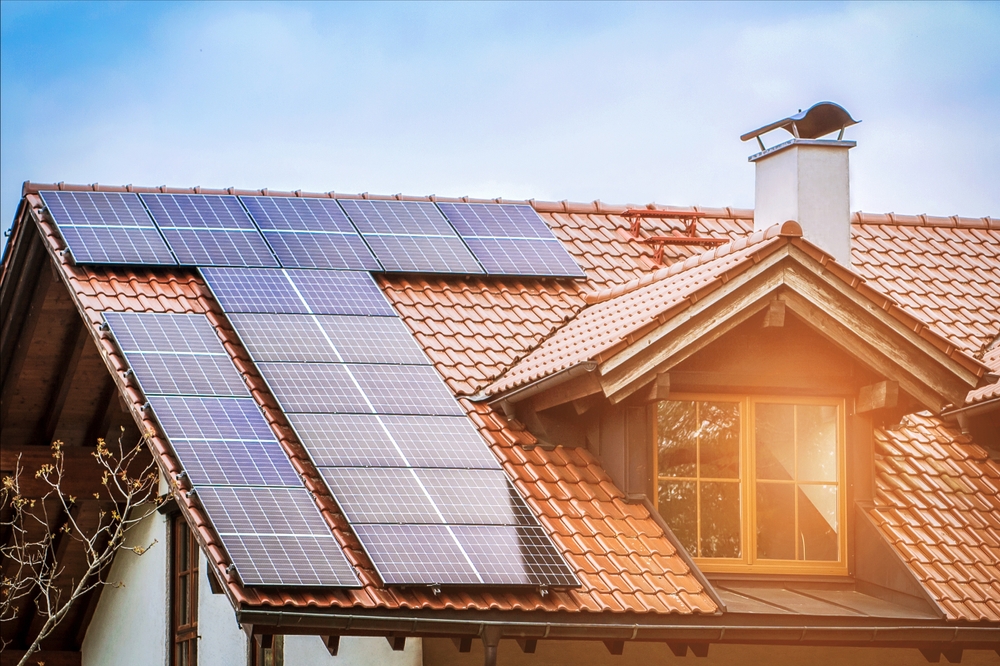
Understanding Monocrystalline Solar Panels
A monocrystalline solar cell is fabricated using single crystals of silicon by a procedure named as Czochralski progress. Its efficiency of the monocrystalline lies between 15% and 20%. It is cylindrical in shape made up of silicon ingots.
READ MORE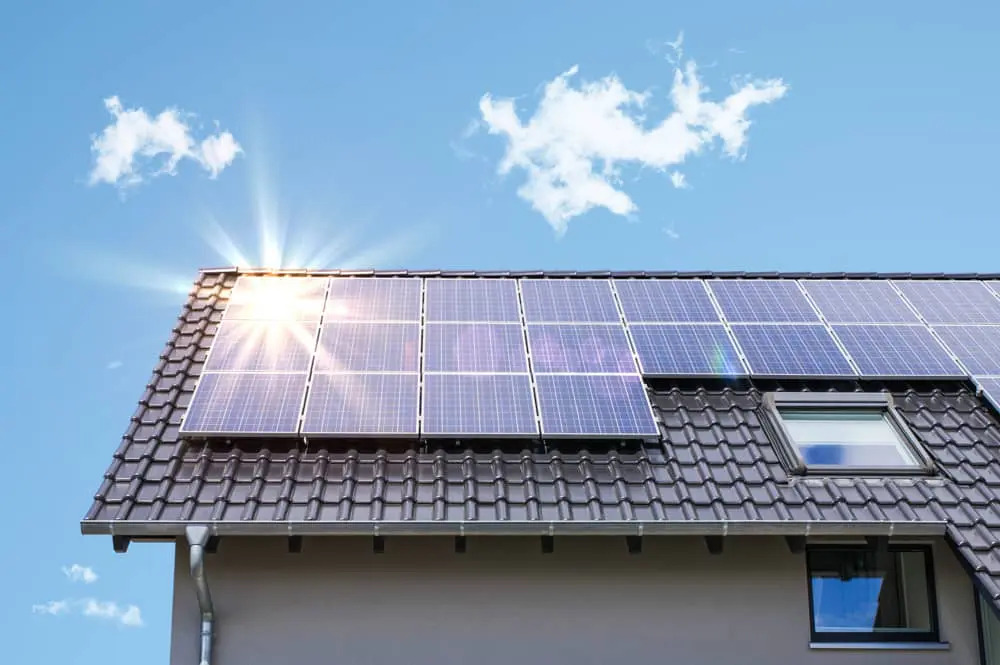
How Solar Panels Are Beneficial for the Environment
As a renewable source of power, solar energy has an important role in reducing greenhouse gas emissions and mitigating climate change, which is critical to protecting humans, wildlife, and ecosystems.
READ MORE
Monocrystalline Solar Panels Ireland: A Comprehensive Guide
The science behind monocrystalline solar panels is fascinating. The silicon used in the panels is grown in a controlled environment to form a single crystal. This results in a more uniform and efficient panel compared to other types of solar panels. The panels are also designed to capture as much sunlight as possible, even in low light conditions. This means that they can generate electricity even on cloudy days.
READ MORE